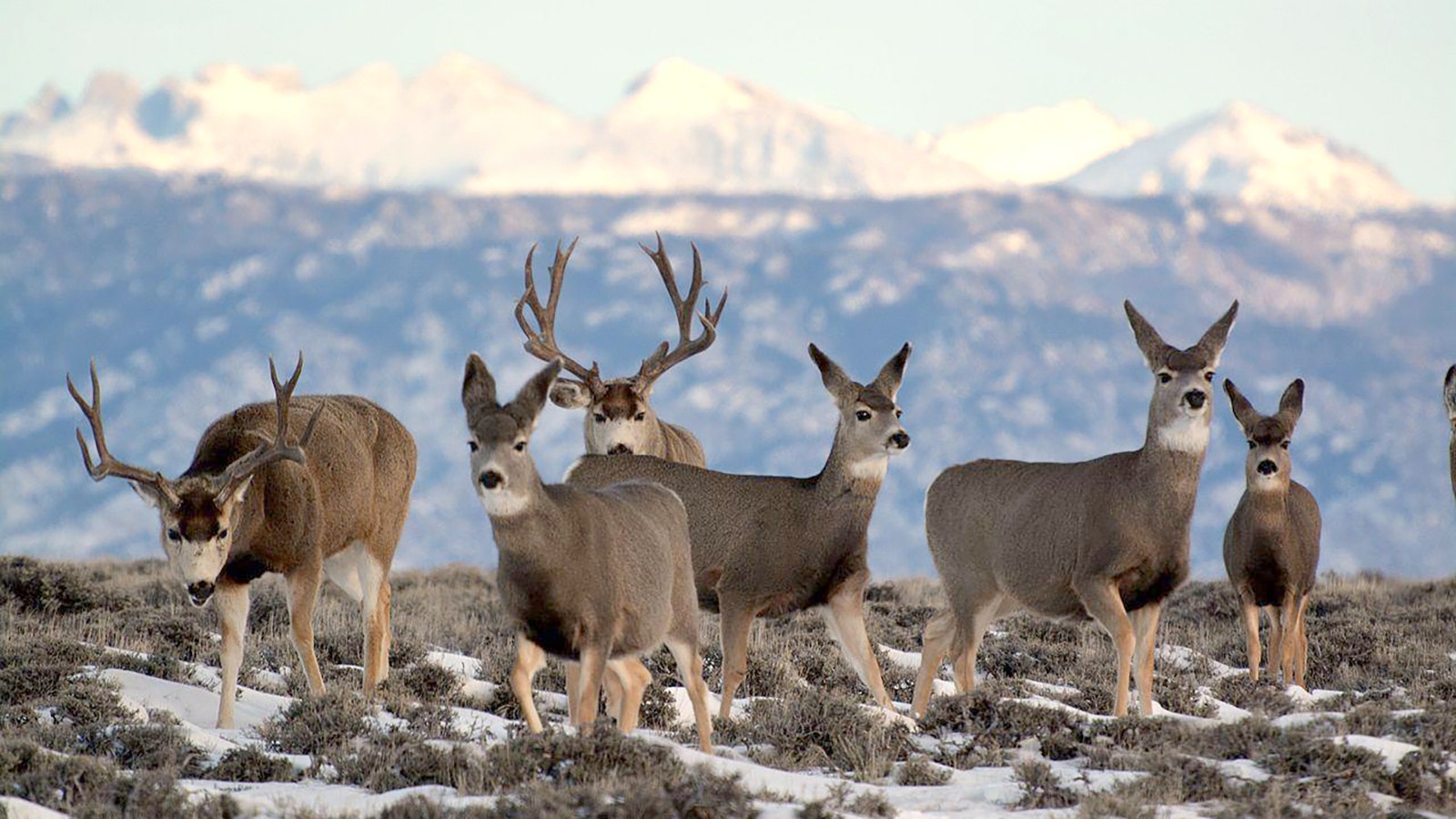Oregon is one of the few states left that doesn’t have chronic wasting disease raging through its big game herds, but the state’s good fortunes were threatened when Oregon hunters brought home two infected Wyoming deer carcasses.
Earlier this month, the hunters brought back “uncleaned heads” from two mule deer they’d killed in the Cody area, Oregon Department of Fish and Wildlife chronic wasting disease (CWD) surveillance biologist Corey Crossley told Cowboy State Daily.
The discovery came after the hunters sent in the animal’s lymph nodes for testing, which is something Wyoming game and fish officials have recommended due to the prevalence of the disease.
Fortunately, when the hunters found out that the deer had tested positive for CWD, they reached out to Fish and Wildlife, agency spokeswoman Michelle Dennehy told Cowboy State Daily.
All the carcass parts they brought home were incinerated, she said. And the hunters were cited for illegally transporting certain carcass parts into Oregon.
Oregon On Edge About CWD
Oregon wildlife officials are on edge about CWD.
So far, CWD hasn’t been detected in any of that state’s treasured big game animals – which include elk, whitetail deer, mule deer and blacktail deer, Dennehy said.
But it’s recently shown up in two neighboring states – California and Washington.
“I feel like we might pop a positive any day now,” she said.
And that’s the last thing Oregon wants, after watching Wyoming and other states struggle with CWD for years.
At least for now, Fish and Wildlife officials are reasonably certain they caught the Wyoming deer carcasses in time, avoiding a potential outbreak, she said.
Nasty Disease
CWD, sometimes hyperbolically called “zombie deer disease,” is a 100% fatal malady in cervids or members of the deer family, such as mule deer and elk.
It’s caused by malformed proteins called prions, and attacks animals’ nervous system.
CWD is incredibly pernicious and practically impossible to get rid of once infections start to spread. Animals can spread it to each other through close contact.
Or, the prions can linger in plants or the soil for years on end, and infect animals that sniff or eat the contaminated material.
Animals in the early stages of infection frequently won’t show any signs of illness.
In the later stages, animals might start to drool and become emaciated, disoriented, and lethargic.
Because there are no outward signs during the early stages, the Wyoming Game and Fish Department encourages hunters to have the lymph nodes from deer they kill tested for CWD.
That’s how the Oregon hunters found out the deer that they brought home had CWD.
A Threat To People?
CWD is in the same degenerative brain and nervous system malady family as mad cow disease – which years ago caused fear when it was detected in cattle.
Mad cow disease can jump to humans, and infections are fatal.
So far, there’s no direct evidence that CWD can jump to humans. However, both Wyoming and Oregon game and fish officials, the Centers for Disease Control and Prevention and other experts recommend against eating meat from infected animals.
Hunters who find out the game animals they killed are infected are sometimes on the fence about whether to eat the meat.

Only Certain Carcass Parts Legal For Transport
It’s not illegal for Oregon hunters to bring home deer from Wyoming or other states, just certain parts of them, Dennehy said.
Basically, anything associated with the brain, spine or spinal fluid is off limits, she said.
And that includes any big game heads with flesh or brain matter still left in them – as was the case with the two hunters who were cited.
Hunters may bring home meat that has been properly butchered and wrapped. Or has at least been completely removed from the bone.
Hunters may also bring home skulls or skull plates with antlers that have been completely cleaned of any skin or brain matter.
Hides may also be brought into Oregon – so long as the head isn’t attached and the hide has been completely cleaned of any flesh.
And properly done taxidermy trophy mounts are allowed.
Wyoming’s regulations for transporting big game carcass parts from other states mirror the Oregon regulations.
Mark Heinz can be reached at mark@cowboystatedaily.com.





